Granulomatous Sarcoidosis Mimics
- PMID: 34307411
- PMCID: PMC8295651
- DOI: 10.3389/fmed.2021.680989
Granulomatous Sarcoidosis Mimics
Abstract
Many granulomatous diseases can mimic sarcoidosis histologically and in terms of their clinical features. These mimics include infectious granulomatous diseases, granulomatous reactions to occupational and environmental exposures, granulomatous drug reactions, vasculitides and idiopathic granulomatous conditions. It is important to distinguish sarcoidosis from these mimics, as a misdiagnosis of these diseases may have serious consequences. This manuscript reviews numerous sarcoidosis mimics and describes features of these diseases that may allow them to be differentiated from sarcoidosis. Distinguishing features between sarcoidosis and its mimics requires a careful review of the medical history, symptoms, demographics, radiographic findings, histologic features, and additional laboratory data. Understanding the clinical characteristics of sarcoidosis and its mimics should lead to more accurate diagnoses and treatment of granulomatous disorders that should improve the care of these patients. As the diagnostic criteria of sarcoidosis are not standardized, it is possible that some of these sarcoidosis mimics may represent varied clinical presentations of sarcoidosis itself.
Keywords: diagnosis; drug reaction; granuloma; infection; mimics; sarcoidosis; vasculitis.
Copyright © 2021 Judson.
Conflict of interest statement
The author declares that the research was conducted in the absence of any commercial or financial relationships that could be construed as a potential conflict of interest.
Figures
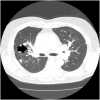
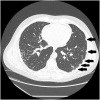
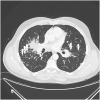
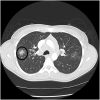

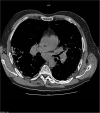
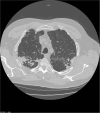
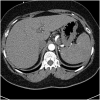

References
-
- Judson MA, Baughman RP. How many organs need to be involved to diagnose sarcoidosis?: An unanswered question that, hopefully, will become irrelevant. Sarcoidosis Vasc Diffuse Lung Dis. (2014) 31:6–7. - PubMed
-
- Judson MA. Lung transplantation for pulmonary sarcoidosis. Eur Respir J. (1998) 11:738–44. - PubMed
Publication types
LinkOut - more resources
Full Text Sources
Research Materials

